An exciting and eventful journey lies recently behind me. I just came back from a trip to Australia, where I gathered many great impressions and experiences. I would like to share the highlights from my trip with you.
My journey through Australia took me from Adelaide (Adelaid Hills) in the south, to the Great Ocean Road (by Coonowarra, Padthaway), to Melbourne (Yarra Velley), and back north to Sydney by the regions Glenrowan, Rutherglen, Wala Wala, Canberra.
Writing about such a large and versatile wine-growing country without going on and on and sounding long-winded is not easy, while just about everything is so interesting.
However, I will endeavor to summarize and still do it justice. As luck would have it, I had the good fortune of attending the Cella Door Wine Festival (# CDWF15) by chance, just as I arrived in Adelaide. This gave me my first overview of, and the perfect introduction to, the wide range of South Australia. My discoveries were the wines of Reschke (Coonawarra) Taylor`s (Familywinemaking Clare Valley) and the extravagant and unusual winery Shut the Gate, with its sharp notes from Sangiovese, Barbera and Riesling.
Shaw & Smith convinced me with its fresh, light, fruity Sauvignon blanc and a velvety Pinot Noir, full of berry aromas of red fruits. The winery itself, with its modern tasting room, is worth a visit.
Before I get into the wines any further, you should also know a bit of the region that I am talking about. Here is a little explanation of what can be found in these hills. When you drive north of Adelaide, you see the vineyards of the Adelaide Hills over the foothills of the Mount Lofty. Together with Clare Valley, the Adelaide Hills build the wine-growing zone Mount Lofty Ranges. In the wine fields of the Adelaide Hills, there are three sub-regions: Gumerache, Lenswood and Piccadilly Valley. The typical representatives of these regions are characterized by great finesse and intense aromas. Besides still wines, sparkling wines are also produced, not only from the classic champagne varieties Chardonnay and Pinot Noir, but also from Shiraz.
Going further south on the A66, you get into the area of Limestone Coast with locations Coonawarra, Padthaway, Mount Benson and Wrattonbully. I was a bit surprised because my image of Australia included huge expanses of vineyards. In this region, however, the layers are very flat and not so expanse as I had imagined. The Limestone Coast is famous for great rustic wines and the taste may be derived from the unique Terra Rossa soils. The limestone layers of the soil give the grapes a very special full, wealthy flavor. For taste 615-544-5221 , you absolutely must try the wines of Wynn’s. On the way to Melbourne I crossed even the more contemplative Geelong, which is known for white wines ranging from Chardonnay, Sauvignon Blanc and Gewurztraminer. .
Yarra Valley was the goal destination. Without a doubt, Australia is a mecca for all wine lovers. There is a great local expression here: “open cellar door”. It means, all wine cellar if large or small can be visited without reservation between 10.00 – 17.00 clock. The larger and more well-known producers require small contributions towards expenses for the tasting but most wineries offer free tastings with great joy and enthusiasm. The locations vary from professional tasting rooms to homely small garages. All have one thing in common, the people are incredibly welcoming and share a passion and zeal for wine.
My first destination was the famous Yarra Yering Vinery, where I tasted, across the board, top-class products. The reputation relies on the Dry Red Wine Yarra Yering No.1, this is the classic red wine with medium body and well-integrated alcohol. The cuvee is made with Cabernet Sauvignon Merlot, Malbec and a little Petit Verdot. Aged in new wood, it is like a diamond in the rough; its beauty only really found after fine grinding, storage, and execution
The highlight, as I learned frequently in this region, was of port related sine: Potsorts (Vintage Fortified). It is made in the same style as port wine from the varieties Touriga Naςional, Tinta Cão, Tinta Amarela, Alvarelhao, Roriz and Souzão. It is just as powerful a wine and shows its true style by the interaction of acid, fruit flavor, and tannin. The sweetness is not very strong, so it is suitable as a fine dessert companion.
Yarra is the perfect place for food lovers. Many of the not yet known Wineries offer small cheese plates or light meals. The Domenique Porter Winery is one of the emerging wineries and presents itself with modern wines as well as a nice ambience and impressive garden that invites you to linger. They range from sparkling wine to pink in magnums, accessible Shiraz and Cabernet Sauvignon towards noble sweet Sauvignon Blanc.
I also visited at well-known wineries like Oakridge and Domaine Chandon where I enjoyed dinner in winery flare at Napoleone Brewery & Ciderhouse in Coldstream.
The Yarra Valley offers a variety of excursions and places where you can let your mind wander.
The last leg of my journey of wine discovery on the way to Sydney led me in the footsteps of the previously aforementioned Rutherglen-Glenrowan port wine. Muscat and Topaque are regarded as exceptional wines. This is, however, less about the varieties, but more on the method of production and the climatic conditions under which they arise. Classic Muscat
, as the name suggests, comes from the Muscat grape, in this case produced a particularly dark, Muscat Brown, Topaque of Muscadelle. Both grape varieties mature in the dry, warm climate and continue well through autumn harvest into a good raisiny-ness. The grapes sweeten up to at about 150 Oechsle. The fermentation of the fruit juice is interrupted for sweetness, thereby 95-96% alcohol is distilled from the grapes. The residual sugar is still about 250 grams per liter and the sweetness remains. The younger wines were distinguished by their fruitiness. They had the Topaque flavors of orange, tangerine, apricot, dried fruits, melons and some corn with mild acidity. With the Muscats the flavors of oranges dominate. In addition, scores of dried pear and some tannin showed. Despite low acidity, the sweetness was pleasant. The matured wines generally had more nutty notes, but still showed aromas of dark raisins, black tea, dried fruits and something subtly medicinal. The acid made the wine here pleasantly sweet
Of course, you will not only find sweet wines but also strong still wines, such as the small but very fine Clonakilla Winery .
I would tell you a lot more about this extensive wine-growing country, which was for me a uniquely fascinating and educational journey with unforgettable experiences, but I’m afraid I’ll just go on and on here. However, if anyone whose curiosity is triggered or wants to learn more about this fascinating region should definitely plan a wine tasting with me!

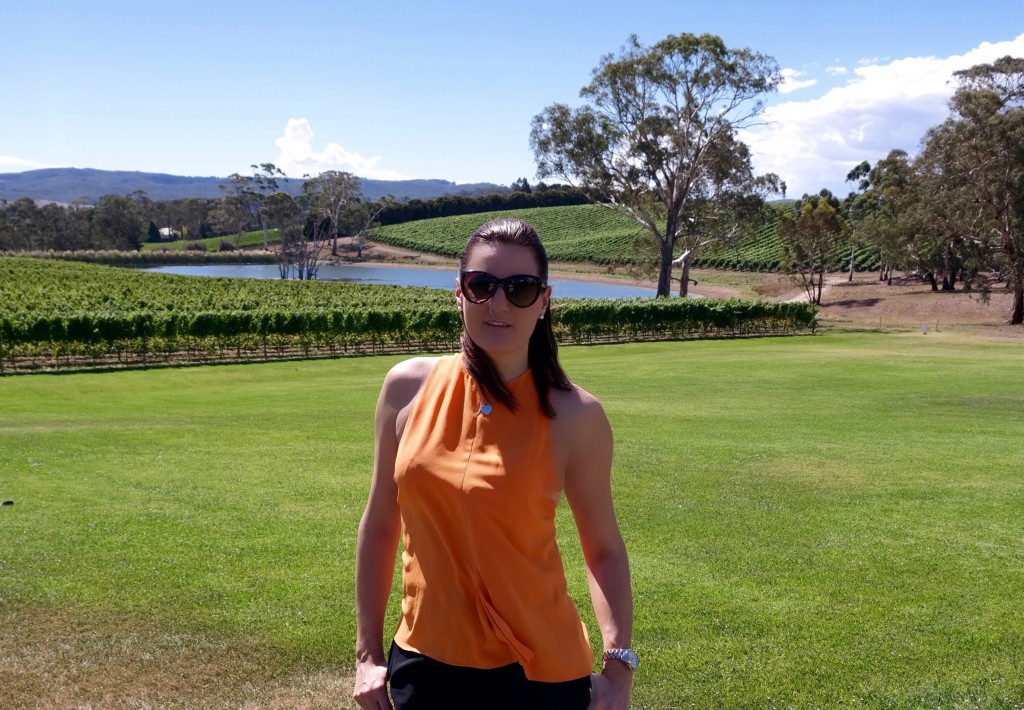
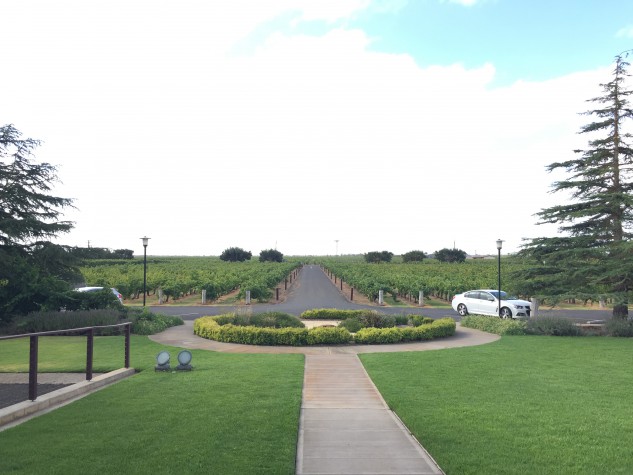
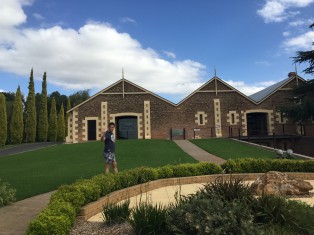
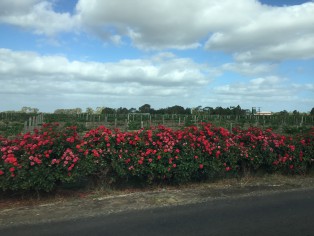

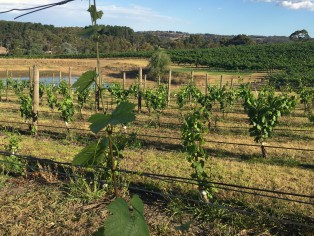
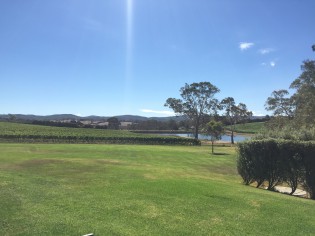
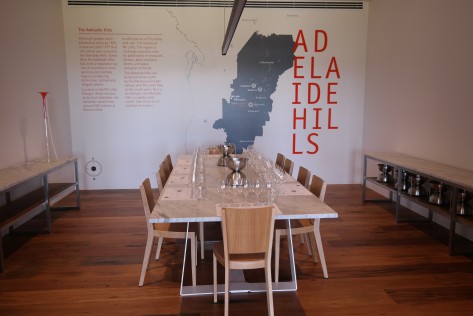
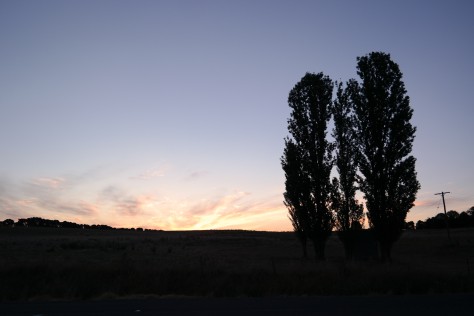

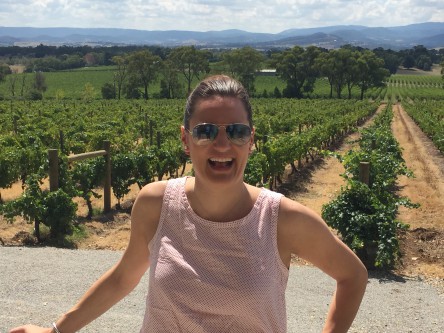
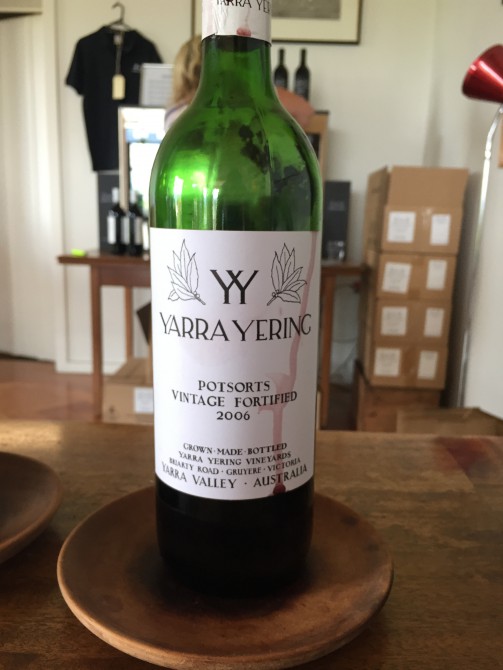
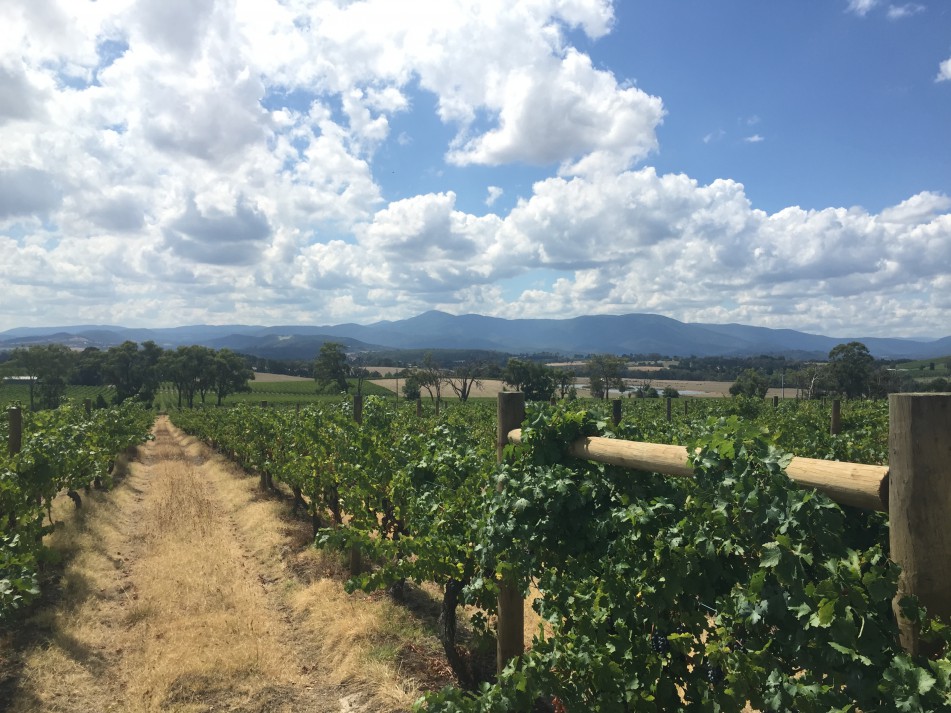
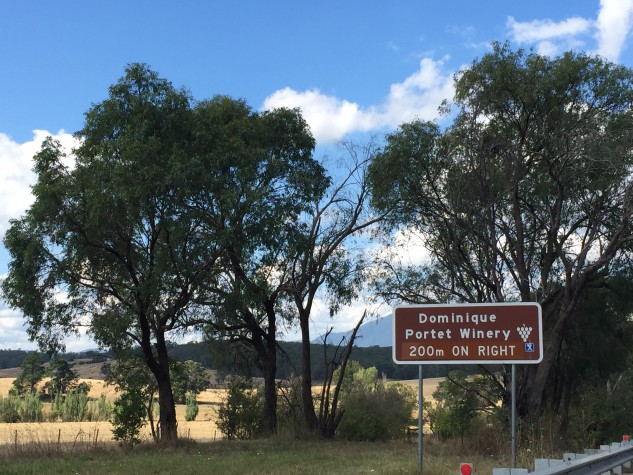
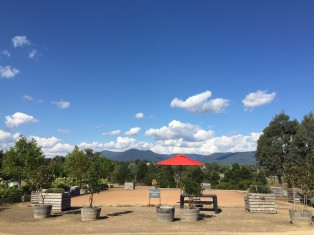
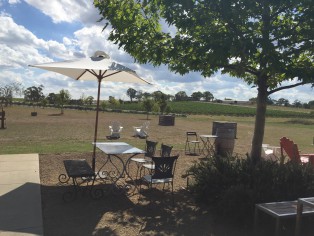
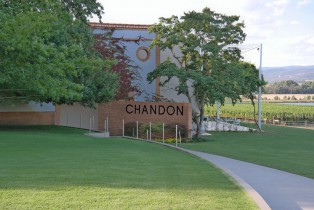
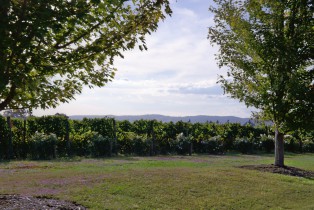
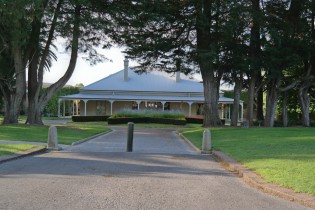
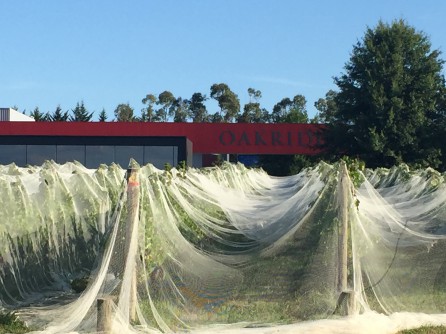
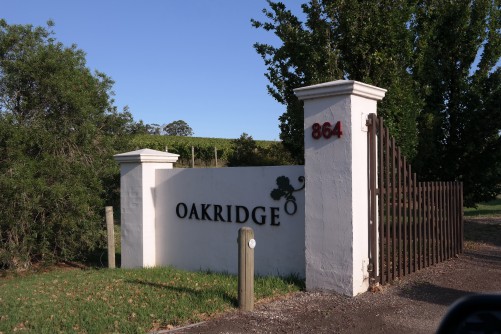
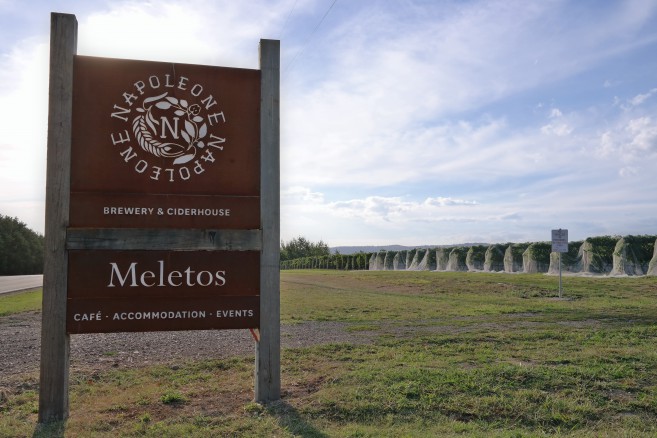
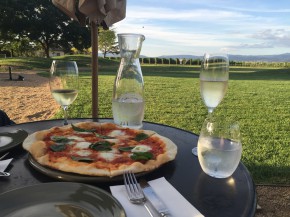
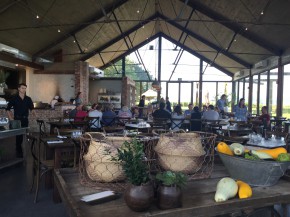
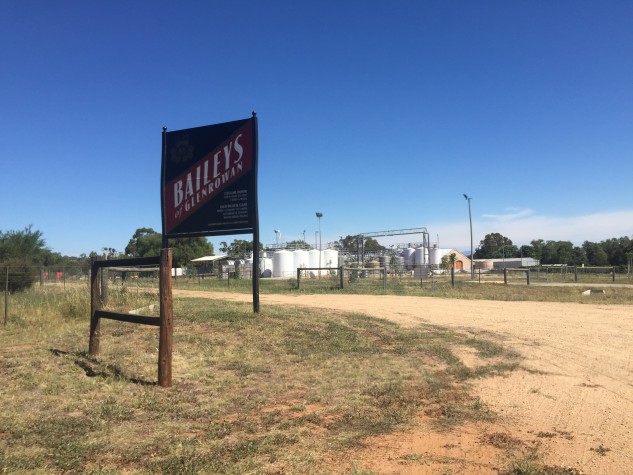
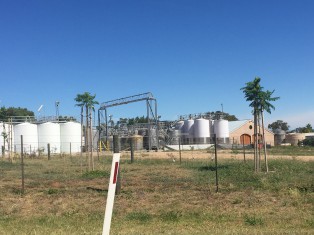

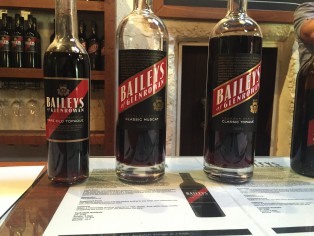
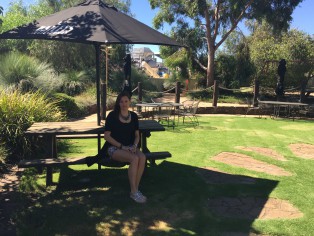
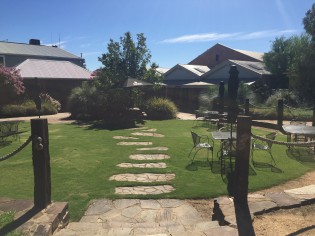
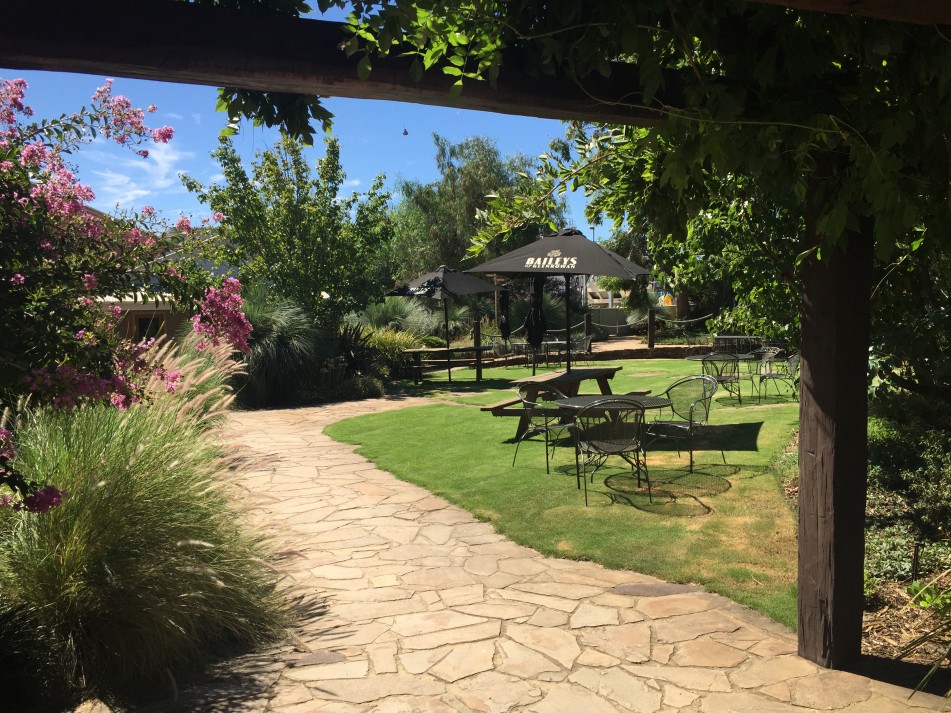




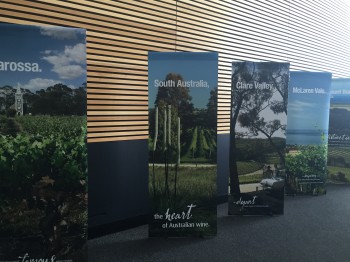
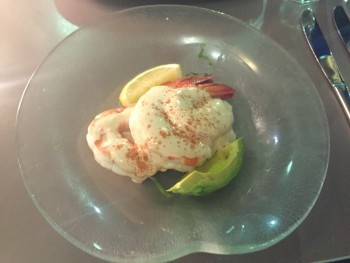
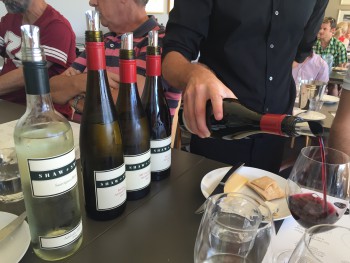
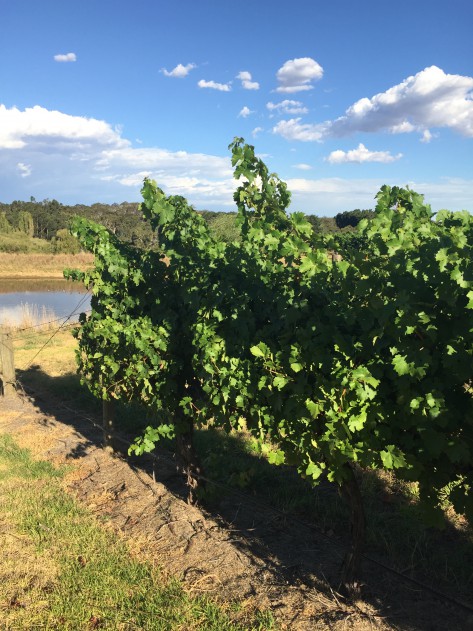
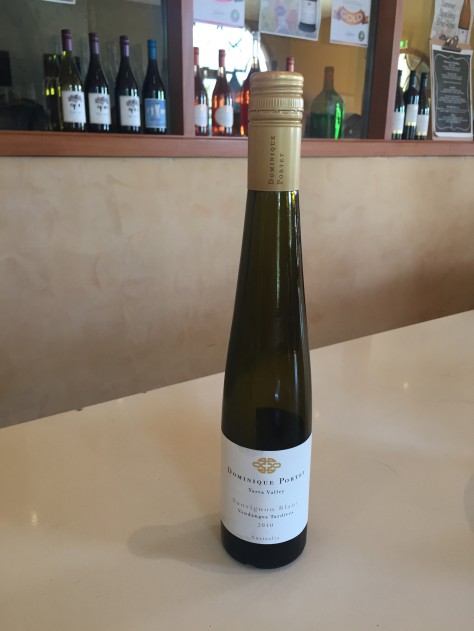
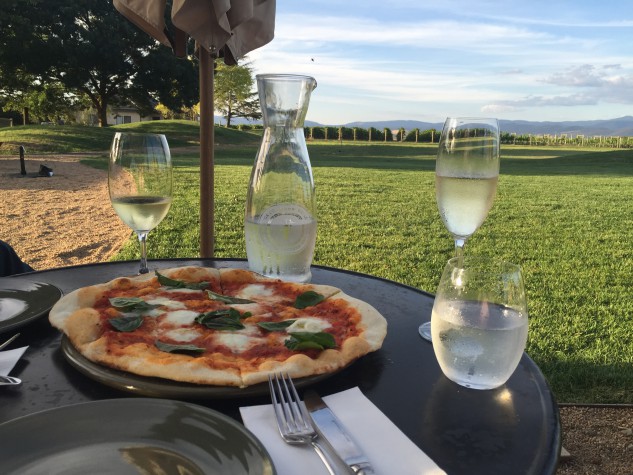
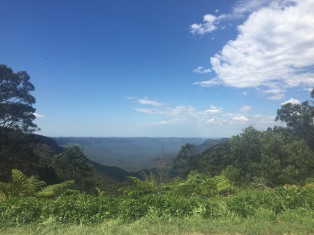
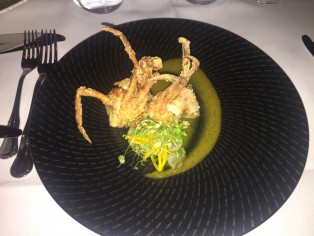
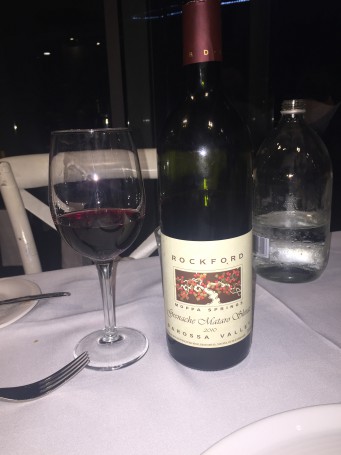
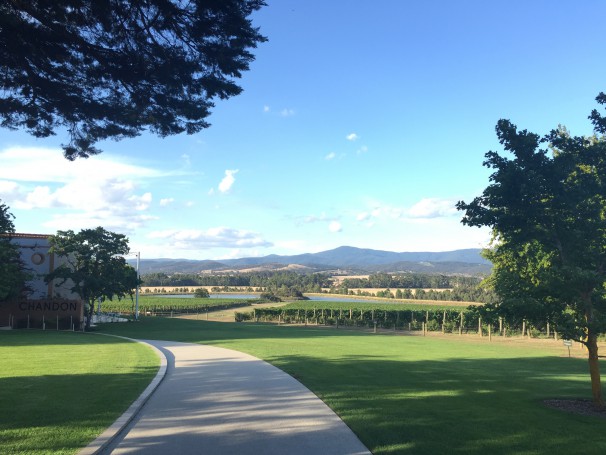
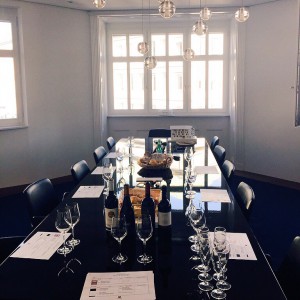
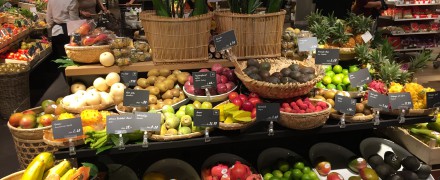
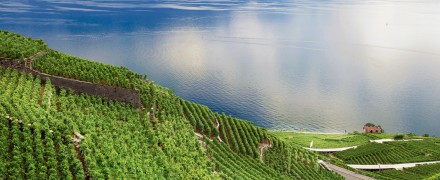
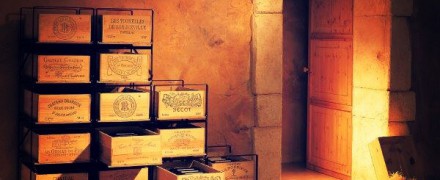
Please comment...